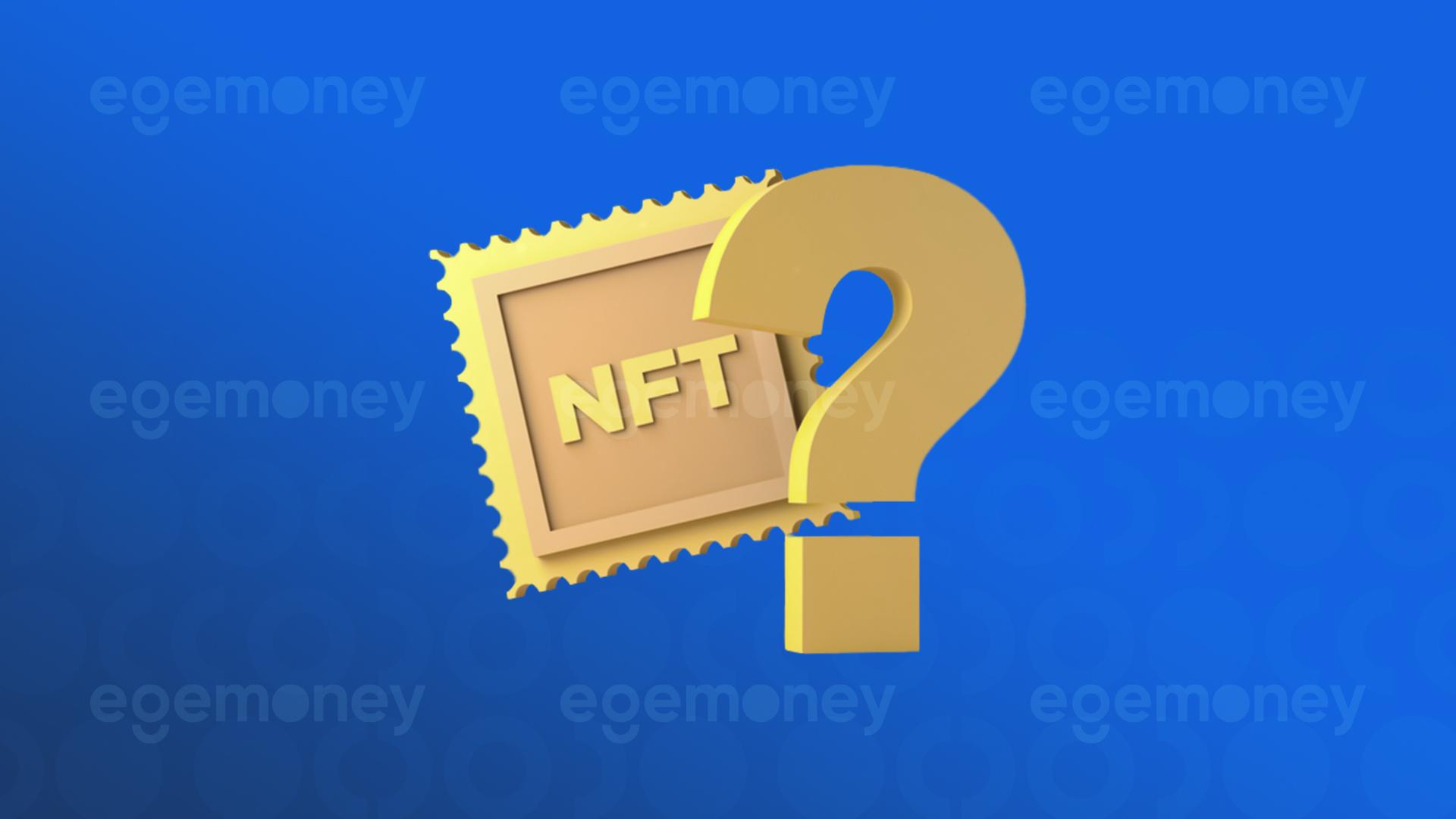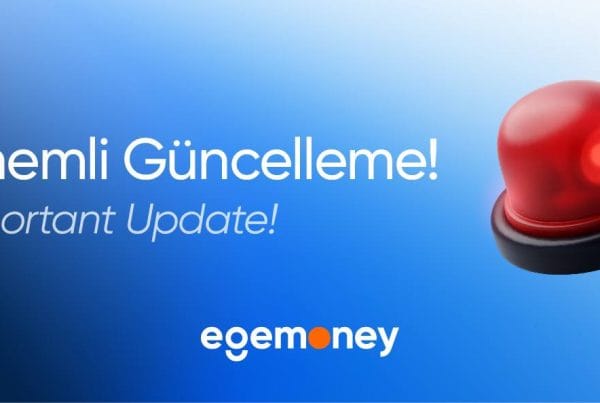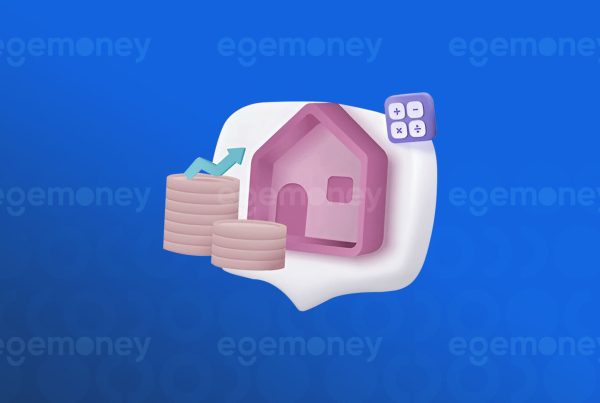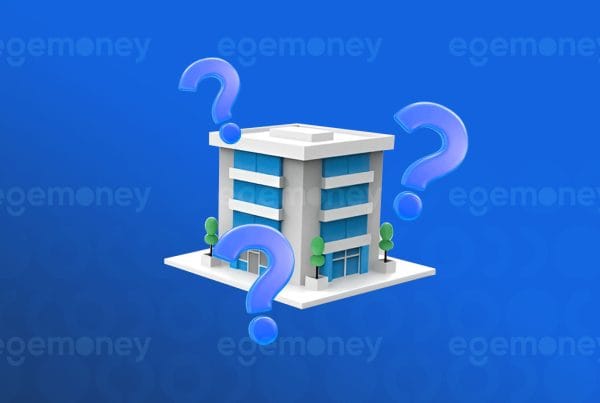The NFT world continues to revolutionize the buying and selling of digital and other properties. EgeMoneyNFT products stand out as an important part of this revolution. In both primary and secondary markets, these products offer attractive opportunities for investors. While initial sales take place in the primary market, secondary markets cover resales. This article will cover important details in both markets of EgeMoneyNFT products. EgeMoneyNFT can be an excellent option for investing in real world real estate assets and properties. Understanding the dynamics of both markets will strengthen your investment decisions.
What is the Primary Market?
The primary market is the market where EGEM tokens are exchanged for NFTs. In other words, it is where NFTs are first offered for sale. Egem Tokens are exchanged for NFTs and there is no other option. Investors can buy NFT assets, namely properties, first hand here. NFTs and F-NFTs purchased here can be offered for sale at variable prices in the secondary market.
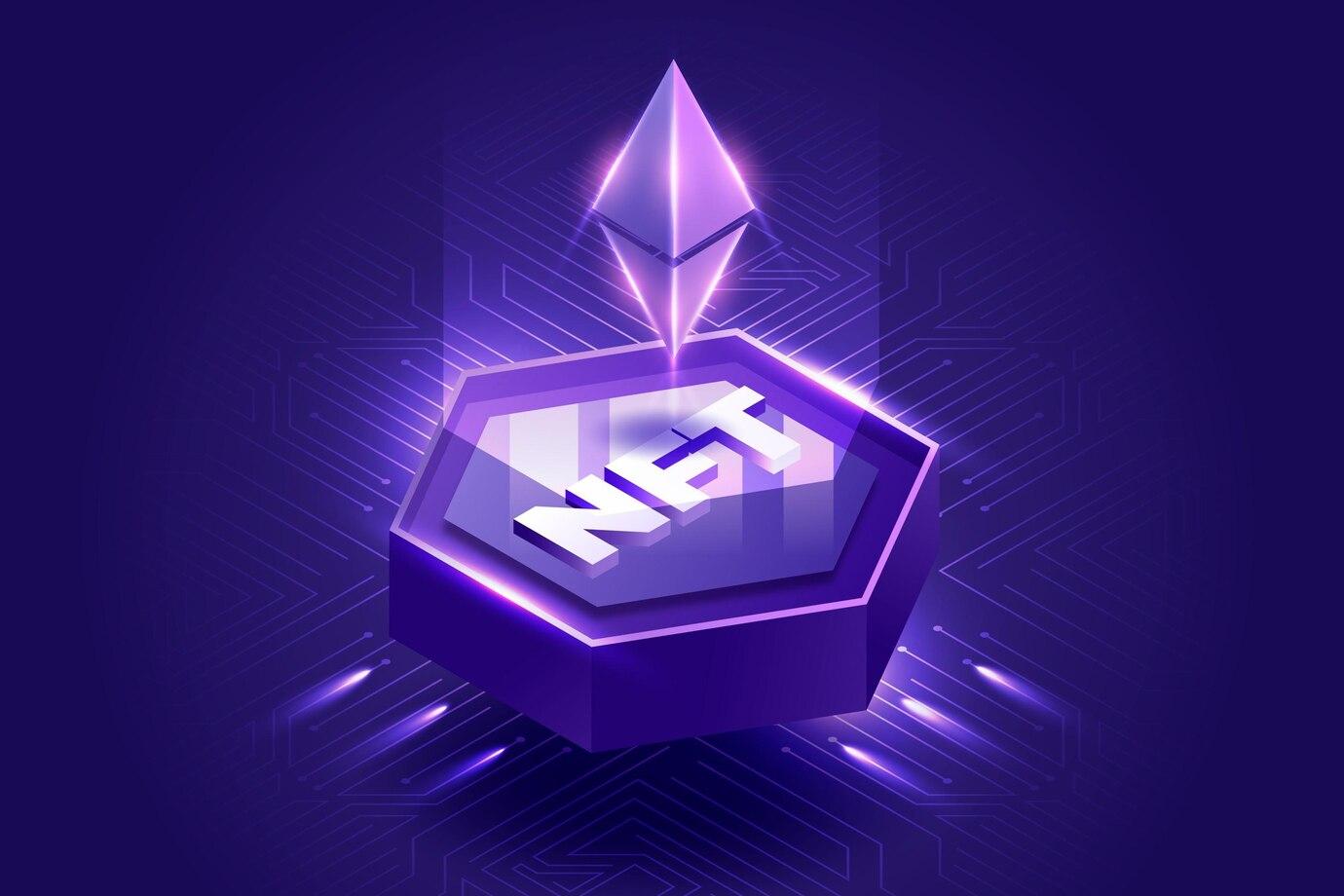
What is the Secondary Market?
In the EgeMoney real estate NFT market, the secondary market includes resales that occur after the initial sale. The first buyers sell their NFTs to the second buyers in this market. Pairs such as EGEM/TRY EGEM/USDT are included here. Unlike the primary market, the EGEM Token can be exchanged for different units.
In this process, the value of the NFT may increase or decrease according to market demand. The secondary market offers investors liquidity and value growth opportunities. Since real estate NFTs are digital representations of real-world properties, they provide reliability and verifiability. The EgeMoney platform ensures that these transactions are carried out securely and transparently. Also, the secondary market helps investors make strategic decisions. Therefore, the EgeMoney real estate NFT secondary market is of great importance.
Advantages and Disadvantages of the EgeMoneyNFT Primary Market
The EgeMoneyNFT Primary Market enables tokenization of real estate properties. Property owners can sell their assets digitally and obtain liquidity. Transactions become transparent and secure with blockchain technology. The elimination of traditional intermediaries reduces transaction costs. In addition, property owners and buyers interact directly.
However, the need for high-tech knowledge and start-up costs may be disadvantages. The lack of widespread use of the market may limit the number of users. Security vulnerabilities and fraud risks should not be ignored. The volatility of real estate values may cause concern for investors. In addition, the uncertainty of legal regulations is another disadvantage.
Opportunities and Risks of the EgeMoneyNFT Secondary Market
The EgeMoneyNFT Secondary Market offers various opportunities for investors. The value of NFTs is quite likely to increase rapidly. Buying and selling processes increase the profit potential. Collectibles can gain value when they are rare.
However, this market also has risks. NFT prices may experience sudden drops and market fluctuations may negatively affect investors. In addition, fake NFTs can be deceptive. Investors should be careful and do detailed research.
EgeMoneyMarketplace Selection for NFT Products: Primary or Secondary?
EgeMoneyMarketplace selection for NFT products is a critical decision. Primary marketplaces are where NFTs are sold for the first time. You can think of it as a launch and the prices as launch prices. These markets are effective in determining the value of the products.
Secondary markets offer the opportunity to reach a wider audience. Those who want to trade and investors buy and sell NFTs. Second-hand sales increase the liquidity of the products and facilitate price discovery. Which market to choose depends on the target audience and strategy. The right choice affects the success of the products. Therefore, the advantages of the marketplaces should be carefully evaluated.

